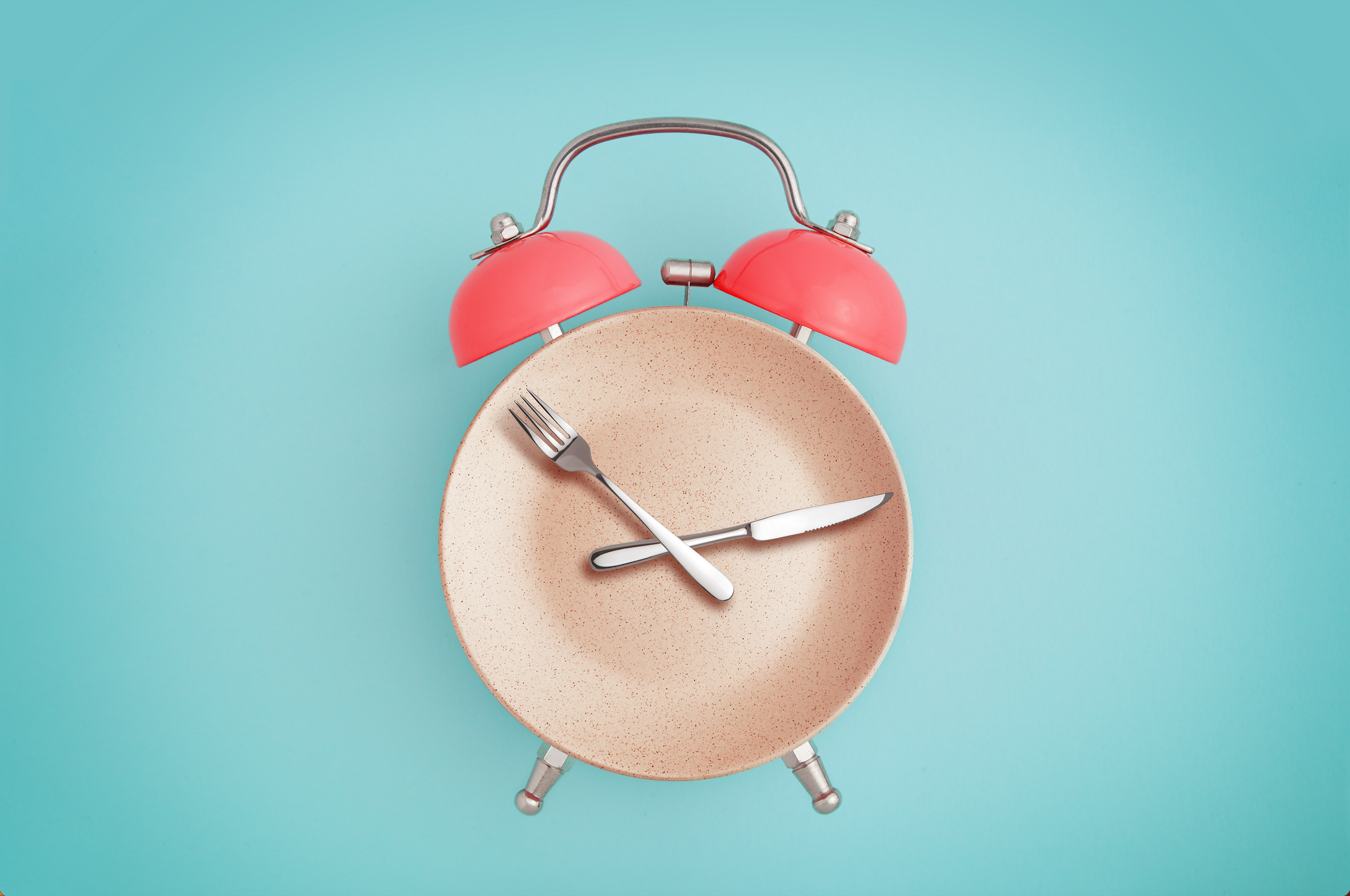Effect of consuming a late-night high-protein/moderate-carbohydrate vs. low-protein/high-carbohydrate meal by night workers on their food perceptions later during the day: A randomized crossover study.
This 2020 study investigates the effect of nighttime meals eaten by night shift workers on their food perceptions and eating behaviors later during the day. Fourteen male night shift workers took part in this experiment. Some participants were given a high-protein, moderate-carbohydrate nighttime meal containing 35% protein, 45% carbohydrate, and 20% fat, while others received a low-protein (15%), high-carbohydrate (65% carbohydrate) meal at 1am during their night shifts. These workers were then given the alternate nighttime meal after a 6-day washout period in between to determine differences in dietary effects. Appetite for salty snacks was greater after eating the high-protein, moderate-carbohydrate (HP/MCHO) meal than after the low-protein, high-carbohydrate (LP/HCHO) meal. The men also reported consuming a higher percentage of carbohydrate for lunch after eating the high-protein, moderate carbohydrate meal during their night shift, compared with after having the low-protein, high-carbohydrate meal. But individuals ingested a lower percentage fat dinner after the HP/MCHO nighttime meal, compared to after eating the LP/HCHO meal. These results suggest that the carbohydrate, protein, and fat composition of meals consumed during the night shift by night workers can affect food intake and perceptions during the day. [NPID: proteins, carbohydrates, fats, diet composition, diets, shift workers, night workers, nighttime meals, perception, eating timing, chrononutrition]
Year: 2020
 Navigation
Navigation






